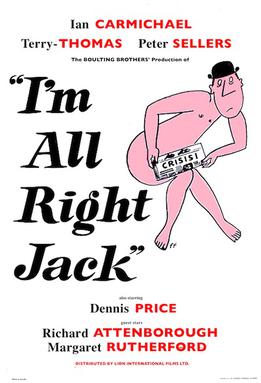- Joined
- 27 September 2006
- Messages
- 6,417
- Reaction score
- 6,817
The thread about the V Force has shown how brilliant some of the researchers here are at providing us with material unique to this site. So as we are still a bit limited in where and what we can do this Summer, I am adding the subject which has cropped up in many other threads: RAF Fighter Command after 1957.
Was it inevitable that the RAF would move to a force comprised of Lightnings and Bloodhounds after 1957?
What other options might have been followed in alt history.
My favourite whacky one is a US style force with F106 or Avro Arrow interceptors backed up by Bomarcs and Nikes as part of a huge NATO force. No, ok never going to happen.
At the other end is a missile-free world where Soviet IRBMs remain unreliable and they focus on bombers instead. Similarly, SAMs are recognised as costly, complicated and often inaccurate. The cannon armed supersonic fighter has a role to play.
Sandys and Diefenbaker?
Over to you..
Was it inevitable that the RAF would move to a force comprised of Lightnings and Bloodhounds after 1957?
What other options might have been followed in alt history.
My favourite whacky one is a US style force with F106 or Avro Arrow interceptors backed up by Bomarcs and Nikes as part of a huge NATO force. No, ok never going to happen.
At the other end is a missile-free world where Soviet IRBMs remain unreliable and they focus on bombers instead. Similarly, SAMs are recognised as costly, complicated and often inaccurate. The cannon armed supersonic fighter has a role to play.
Sandys and Diefenbaker?
Over to you..

